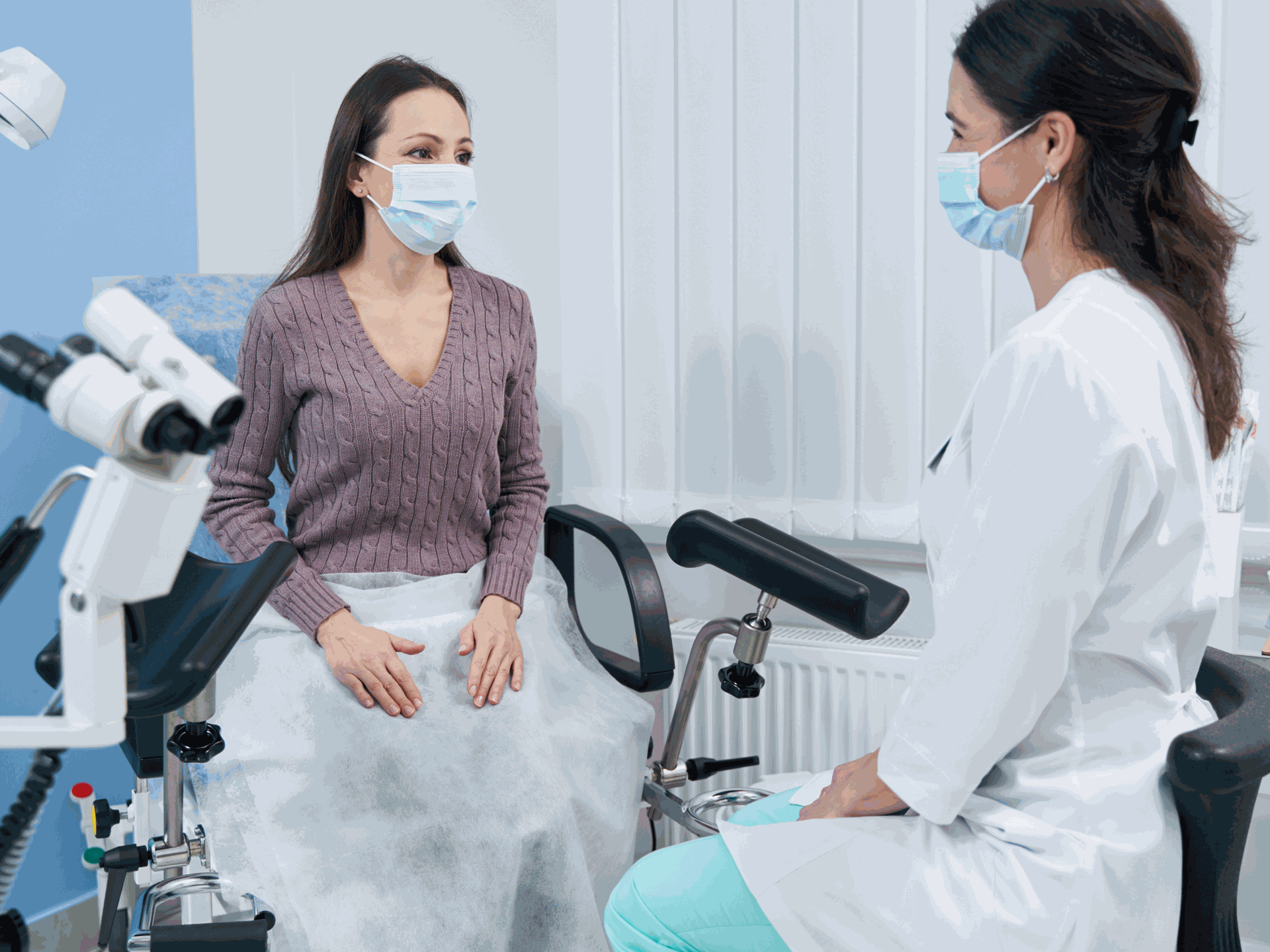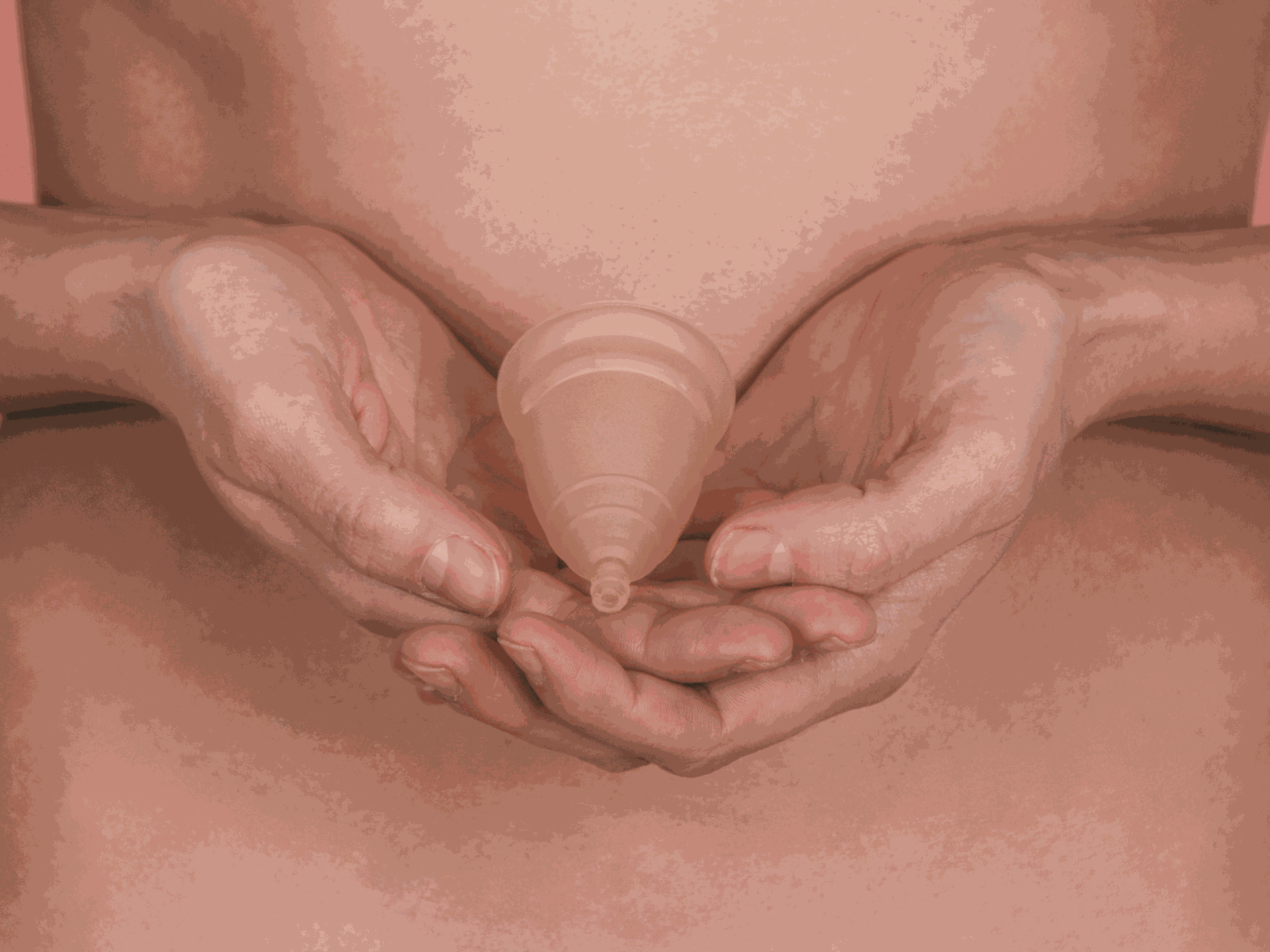The vaginal microbiome (VMB) is one of the most components in women’s reproductive health. It is made up of a diverse an abundant array of microbes, mainly of the bacterial genus Lactobacillus (LB). The normal vaginal microbiota is dominated by Lactobacillus species (LB), which produce lactic acid and maintain a low vaginal pH, creating an environment that is hostile to the growth of pathogenic bacteria.
Various factors affect the balance of VMB, allowing active growth of opportunistic or pathogenic microbes, which may replace LB. This condition is called vaginal dysbiosis (VD) and affects over one-third of the global women population.
Vaginal dysbiosis can lead to a variety of health problems, including vaginal itching, burning, discharge, and odor, as well as increased vulnerability to contracting sexually transmitted infections (STIs) and other reproductive health problems. The same condition is associated with adverse pregnancy outcomes in women at risk of preterm birth.

In VD, Lactobacillus is mostly replaced by anaerobes such as Gardnerella vaginalis, Mycoplasma hominis, and Candida species, along with bacteria such as Mobil uncus and Bacteroides. Other bacteria often associated with VD include streptococci, staphylococci, Enterobacteriaceae, and Trichomonas.
Several factors can contribute to vaginal dysbiosis, including antibiotic use, hormonal changes, sexual activity, and douching. VD is commonly developed into bacterial vaginosis (BV) which is a condition characterized by an overgrowth of normal vaginal resident flora. BV is not considered a sexually transmitted infection (STI), but it is more common in sexually active women and can be transmitted through sexual contact.
Diagnosis and Treatment of BV
Clinical diagnosis of BV is done via Amsel criteria or the Nugent Score. Both are described to determine the presence of BV through the following:
- a pH below 4.5
- a fishy odor, due to the release of amines, on adding a few drops of KOH to the sample (“whiff test”)
- the characteristic thin white or gray discharge
- finding clue cells (vaginal epithelium with adherent rod-shaped bacteria) on microscopy.
Management of VD and BV
Treatment of BV on the other hand, typically involves the use of antibiotics, such as metronidazole or clindamycin, to restore the balance of the vaginal microbiota. Treatment can also help relieve symptoms and reduce the risk of complications such as pelvic inflammatory disease (PID) and preterm birth. In addition to antibiotics, some women may benefit from probiotics or vaginal pH-balancing products.

As for VD, prevention is highly encouraged and involves maintaining good vaginal hygiene, avoiding douching, using barrier methods of contraception, and practicing safe sex. Regular gynecological exams and STI testing are also important for maintaining vaginal health and preventing complications associated with vaginal dysbiosis.
Other health conditions associated with VD
Vaginal dysbiosis is also associated with adverse gynecologic and obstetric outcomes which women should be aware of. It can lead to:
- Vulvovaginal candidiasis (VVC) or yeast infection.
- Aerobic vaginitis, a condition caused by by an imbalance of the natural vaginal flora that favors the growth of aerobic bacteria.
- Risk of transmission of the human immunodeficiency virus (HIV), herpes simplex virus (HSV), Chlamydia, and other STIs.
- Pelvic inflammatory disease (PID), a condition that can occur when bacteria from the vagina spread upward into the uterus and fallopian tubes.
- Vaginal dryness and discomfort, and others.
Overall, in the celebration of Women’s month 2023, Liji Thomas, MD, a gynecologist, and contributing writer from News Medical, discusses that VD covers the full spectrum of microbial infection. It is important to recognize VD as a complex phenomenon as it will help evolve better strategies, both preventive and therapeutic, for this common female disorder.

Celebrate women this month by revolutionizing care and interventions for them. Get ahead on your business by connecting yourself to thousands of gynecologists, managers, directors, and companies in reproductive health centers, research institutes, and more.
Achieve your goals by having the right partners with you. Seize the chance to sell your products and make new business connections with our members today!